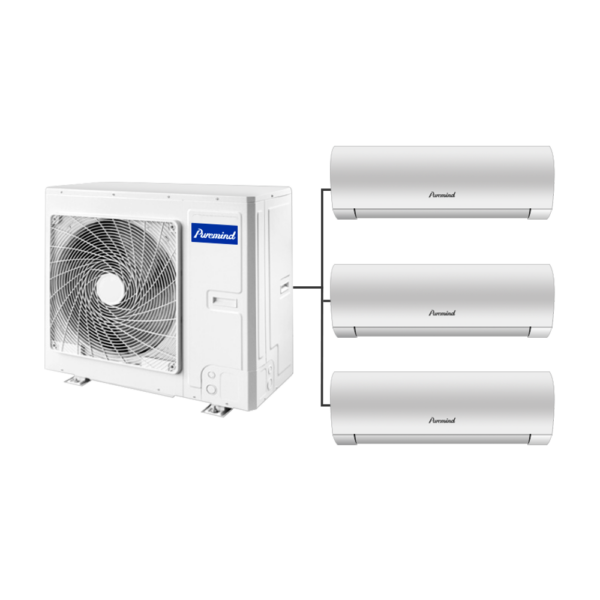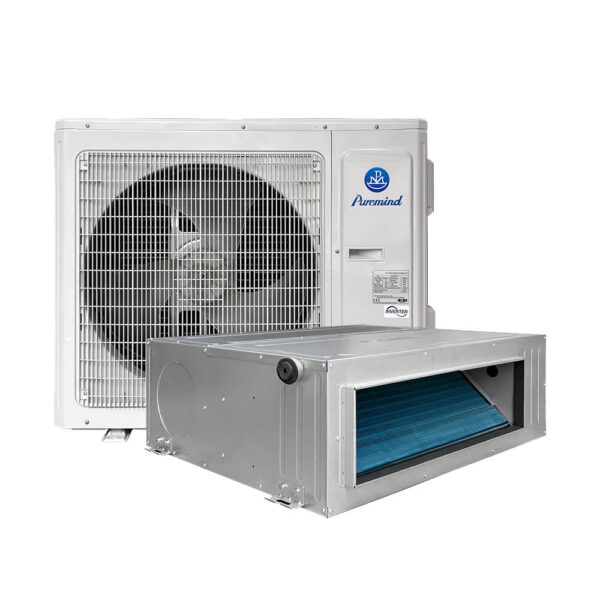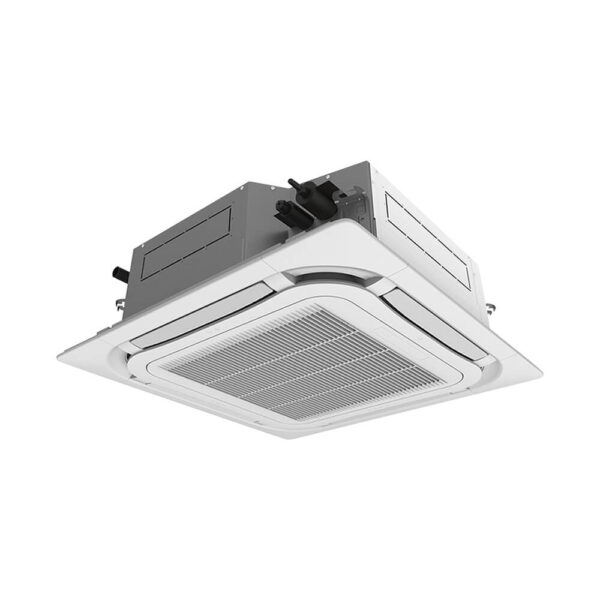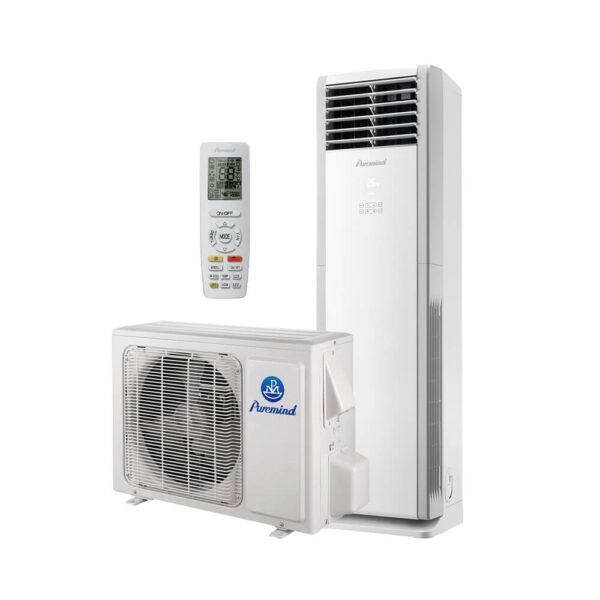Manufacturing Facility HVAC: Complete Guide to Efficient Industrial Climate Control
For any large-scale production site, maintaining optimal working conditions is a necessity, not a luxury. Manufacturing facility HVAC systems are essential for controlling temperature, humidity, and air quality, ensuring smooth operations and compliance with safety standards. This guide explores the key considerations, system types, and best practices for industrial HVAC solutions in manufacturing facilities.
Why HVAC is Essential for Manufacturing Facilities
The role of manufacturing facility HVAC extends far beyond comfort. It protects equipment from overheating, safeguards product quality, and ensures employee well-being. In many industries, regulatory compliance also demands specific air handling and ventilation standards.
- Product Quality: Stable temperature and humidity reduce defects and spoilage.
- Worker Safety: Clean, filtered air reduces health risks from dust and fumes.
- Energy Efficiency: Well-designed systems lower operational costs.
- Regulatory Compliance: Meets OSHA and ASHRAE guidelines for industrial air handling.
Challenges in Manufacturing Facility Climate Control
Compared to offices or retail spaces, manufacturing environments face unique HVAC challenges.
- Large open floor plans with varying heat zones
- High thermal loads from heavy machinery
- Presence of airborne particles, fumes, or chemicals
- Need for precise humidity control for sensitive production processes
Types of HVAC Systems for Manufacturing Facilities
Choosing the right manufacturing facility HVAC system depends on production requirements, climate, and building design.
1. Rooftop Units (RTUs)
Self-contained heating and cooling units installed on the roof, suitable for large open spaces.
2. Split Systems
Separate indoor and outdoor units offer flexibility and efficiency. For high-performance options, visit our split air conditioner selection.
3. Variable Refrigerant Flow (VRF) Systems
Provide simultaneous heating and cooling in different zones, ideal for multi-process facilities.
4. Chiller Systems
Centralized cooling for large-scale facilities requiring high-capacity temperature control.
5. Dedicated Outdoor Air Systems (DOAS)
Delivers 100% fresh outdoor air, improving ventilation and indoor air quality.
Core Components of Industrial HVAC Systems
- Air Handlers: Distribute and filter air throughout the facility.
- Ductwork: Channels conditioned air to various zones.
- Filtration Units: Remove contaminants and particulates.
- Automation Controls: Enable precise environmental monitoring.
- Heat Recovery Systems: Capture waste heat to improve efficiency.
Key Factors When Selecting a Manufacturing Facility HVAC System
To maximize return on investment, evaluate these aspects:
- Load Calculations: Correct sizing prevents inefficiencies.
- Energy Ratings: Look for high SEER/EER and low energy consumption.
- Air Quality Needs: Match filtration systems to process requirements.
- Maintenance Access: Choose designs that simplify servicing.
- Scalability: Ensure adaptability for future production changes.
Best Practices for HVAC Installation in Manufacturing Facilities
- Hire experienced industrial HVAC contractors.
- Plan zoning to address different temperature needs.
- Seal ductwork to minimize air leakage.
- Integrate automation for real-time monitoring and control.
Maintenance Strategies for Long-Term HVAC Efficiency
Preventive maintenance keeps manufacturing facility HVAC systems running at peak performance.
- Replace filters regularly to maintain airflow and air quality.
- Inspect mechanical components for wear.
- Clean ducts annually to prevent buildup of dust and debris.
- Check refrigerant levels for optimal cooling efficiency.
Energy Efficiency and Sustainability in Industrial HVAC
- Use variable speed drives to match system output with demand.
- Implement energy recovery ventilation systems.
- Integrate renewable energy sources such as solar HVAC systems.
Industry Trends Impacting Manufacturing Facility HVAC
The HVAC industry is adapting to new manufacturing demands with advanced solutions.
- Smart Monitoring: IoT-based sensors for predictive maintenance.
- Eco-Friendly Refrigerants: Reduced environmental impact.
- Hybrid Systems: Combining traditional and renewable energy sources.
Case Study: HVAC Upgrade in an Electronics Manufacturing Plant
An electronics manufacturer reduced downtime and improved quality control by installing a zoned VRF system with HEPA filtration, resulting in a 25% drop in energy usage and improved air purity.
Conclusion
Choosing the right manufacturing facility HVAC system is crucial for operational efficiency, worker safety, and long-term cost savings. Whether you opt for a rooftop unit, VRF system, or split configuration, ensure proper installation, regular maintenance, and system optimization. To explore industrial-grade split systems, visit our split AC catalog today.







